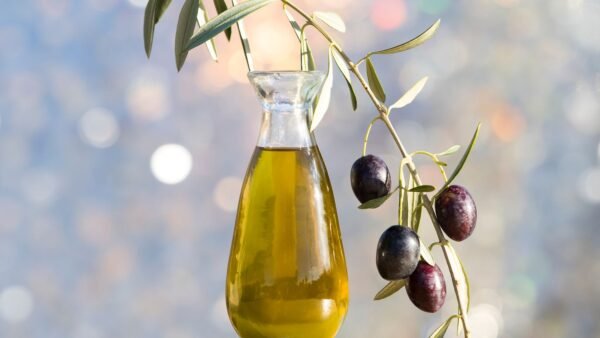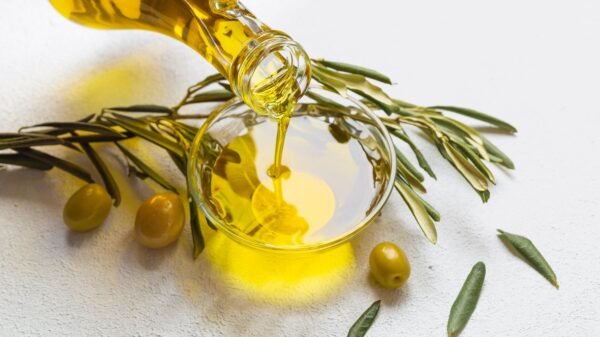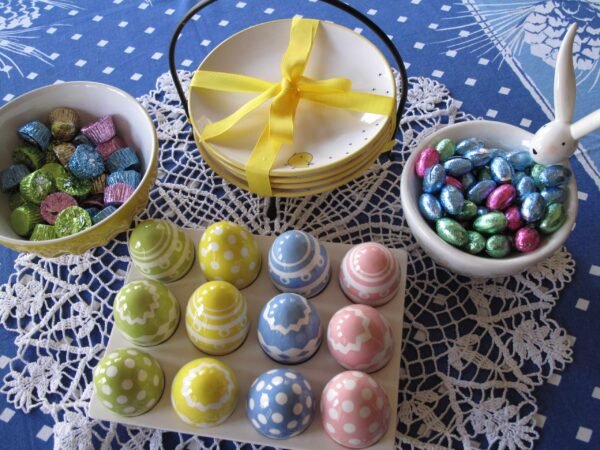
What Does Really Good Olive Oil Taste Like?

Olive oil is a staple in many kitchens around the world. It’s used in everything from cooking to dressings and dipping sauces. But what makes a really good olive oil? And how can you tell if the olive oil you’re using is high quality? In this article, we’ll take a deep dive into the flavour and characteristics of good olive oil.

Before we get into the specifics of flavour, let’s talk about what makes olive oil good in the first place.
Olive oil is made from pressing olives, and the quality of the oil depends on several factors. The first is the quality of the olives themselves. The best olive oil comes from olives that are picked at the right time and are in good condition. The second factor is the way the olives are processed. Cold-pressed extra virgin olive oil is the highest quality, as it’s made using only mechanical means and without any heat or chemicals. The third factor is storage. Olive oil should be kept in a cool, dark place to maintain its flavour and quality.
Now, let’s talk about flavour. Good olive oil from Olive oil tasting in Tuscany has a complex and layered taste. It should be fruity, with notes of green or ripe olives, as well as other fruit flavours such as apple or banana. It may also have a slightly bitter taste, which is a sign of its high antioxidant content. The bitterness should not be overpowering or unpleasant, but rather should add a pleasant complexity to the oil’s flavour. Additionally, good olive oil should have a peppery or spicy finish, which is a sign of the presence of polyphones.
One way to taste olive oil and determine its quality is to conduct a tasting. Olive oil tastings are similar to wine tastings, and involve smelling and tasting the oil to determine its flavour profile. To conduct a tasting, pour a small amount of olive oil into a cup or glass. Swirl it around to release its aroma, and then smell it to detect its fruitiness and other characteristics. Finally, taste the oil, taking note of its bitterness, spiciness, and any other flavours.
When tasting olive oil from Olive oil tasting in Tuscany, it’s important to use the right type of glassware. A small, rounded cup or glass is ideal, as it allows you to swirl the oil around and release its aroma. It’s also important to taste the oil at room temperature, as cold oil can dull its flavours.
In addition to its flavour, good olive oil should have a few other characteristics. It should be a golden-green colour, and should be clear and free from sediment. It should also have a smooth, velvety texture.
In summary, good olive oil should be fruity, with notes of green or ripe olives, and other fruit flavours such as apple or banana. It should have a slightly bitter taste, and a peppery or spicy finish. Additionally, good olive oil should be a golden-green colour, clear and free from sediment, and have a smooth, velvety texture.
To determine the quality of olive oil, conduct a tasting using a small, rounded cup or glass at room temperature. And remember always store your olive oil in a cool, dark place to maintain its quality and flavour.












































